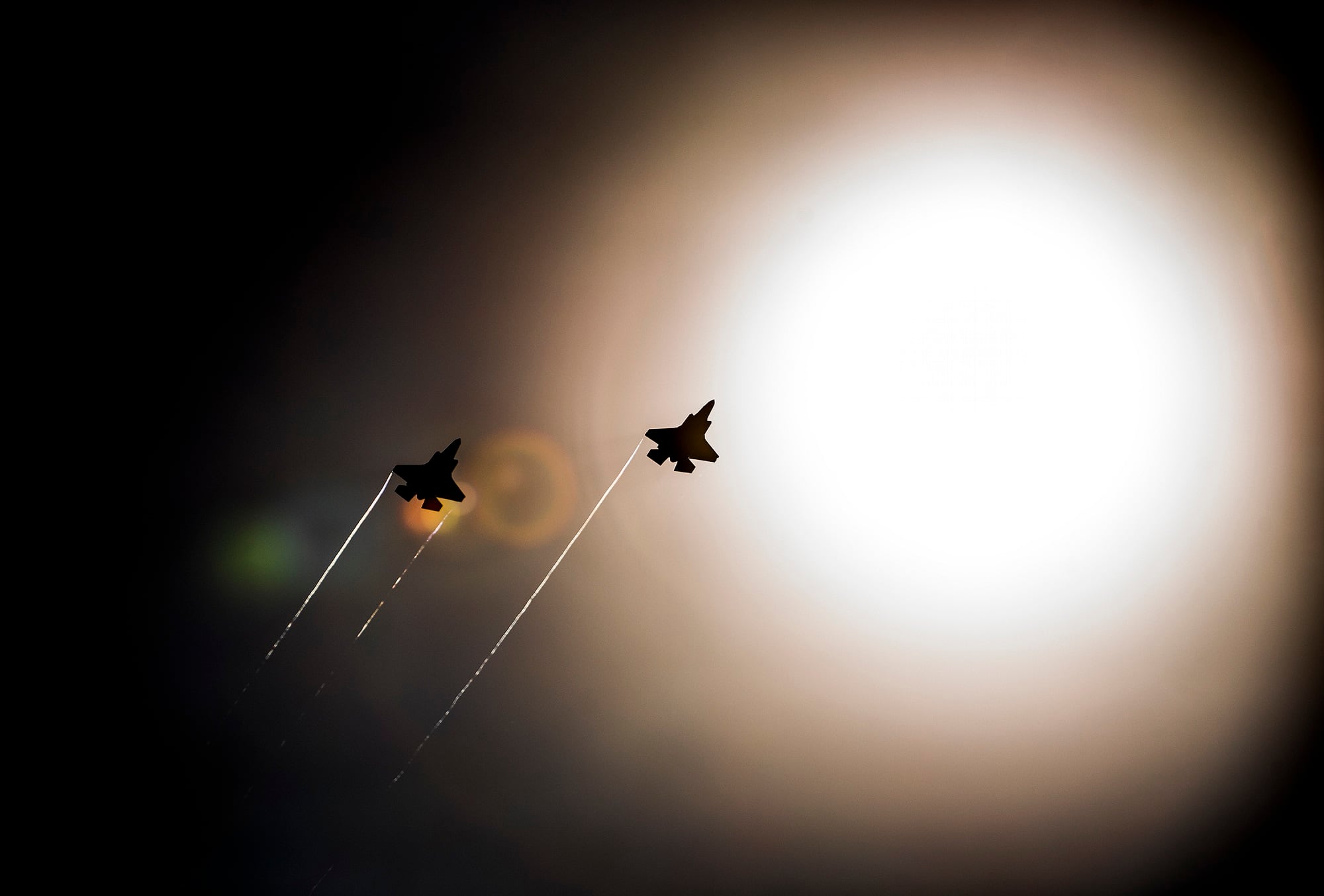It is clear to any reasonable observer that the state of the NATO alliance is not good. Even as a candidate, Donald Trump made it clear that he desired to see the other alliance members contribute more to the common defense. As President, Mr. Trump shifted from a request to a demand that NATO countries meet their self-imposed target of spending 2 percent of their individual gross domestic product on defense. He recently returned to this theme, possibly previewing his message to the NATO summit scheduled for later in July.
“Germany,” he complained, “has to spend more money. Spain, France. It’s not fair what they’ve done to the United States.”
In February, the German parliament’s military commissioner published a devastating report on the German military’s lack of readiness. At the end of 2017, no submarines and none of the Luftwaffe’s 14 large transport planes were available for deployment due to repairs. Much of the rest of the German military’s equipment, including fighter jets, tanks and ships, are outdated and in some cases not fully operational because of a lack of spare parts.
As a result, fighter pilot training has had to be curtailed because of the number of aircraft unavailable due to maintenance issues.
The new head of the Luftwaffe, Lt. Gen. Ingo Gerhartz, confirmed the military commissioner’s findings. He publicly admitted that his service is “at a low point. Aircraft are grounded due to a lack of spare parts, or they aren’t even on site since they’re off for maintenance by the industry.”
RELATED

This lack of investment in critical military capabilities has effected NATO’s nuclear deterrent. Germany’s fleet of nuclear-capable Tornado aircraft are so old and obsolete that they will have to be retired beginning in 2025. Without a timely replacement, Germany will be out of the nuclear deterrence mission.
Any new aircraft being proposed to fill the role played by the Luftwaffe’s Tornados must meet an extremely stringent set of safety and operational standards. Because this would be a German aircraft deploying a U.S. nuclear weapon, there are two sets of standards at play. Experts familiar with certifying a new aircraft as nuclear-capable say the process generally takes an average of six to eight years and costs hundreds of millions of dollars.
The obvious answer is for the Luftwaffe to acquire some number of F-35A Joint Strike Fighters to replace the Tornado for the nuclear mission. The U.S. Air Force and the F-35 team, led by Lockheed Martin, are currently in the early stages of the nuclear certification process. Italy and the Netherlands are acquiring the F-35 and will certainly use some as dedicated nuclear-delivery platforms.

Airbus and the Eurofighter consortium have proposed selling Germany additional Typhoon aircraft to replace the Tornados. The German government has asked Washington if it would accept a nuclear-capable and -certified Typhoon Eurofighter as a Tornado replacement. The Luftwaffe currently operates some 130 Typhoons for air defense.
There are two problems with this solution. First, given what it would take to design, develop and test a nuclear-capable Typhoon, much less the six to eight years required for certification, it is too late to go with this option and meet the 2025 date for Tornado retirement.
Second, even it could be certified to carry the B-61, the Typhoon will not be able to perform the mission in the high-density, advanced air-defense environment that is already blanketing much of Europe. Delivery of a gravity bomb requires the ability to fly over a heavily defended target, and to do so on the first day of a war.
Virtually all senior air force leaders in NATO agree that fourth-generation fighters, including the Typhoon, are not survivable without an extensive and protracted campaign to roll back the air defense threat. Only a fifth generation platform such as the F-35 can beat today’s air defenses, much less those that will emerge over the next several decades.
The German inquiry regarding the acceptability to Washington of a nuclear-certified Typhoon is really motivated by industrial politics. Germany and France hope to begin development of a fifth-generation fighter ― a project that will take at least 15 years. But if Berlin acquires even a limited number of F-35s, this could undercut that objective. In fact, the head of Airbus recently gave an interview in which he declared that “as soon as Germany becomes an F-35 member nation, cooperation on all combat aircraft issues with France will die.”
The German government could not have picked a worse time to play industrial politics with its solemn obligation to participate in the alliance’s nuclear deterrence mission. President Trump already believes that most of the NATO allies, including Germany, are not paying their fair share for the common defense. An attempt by Germany to shoehorn a Eurofighter variant into the nuclear weapons delivery mission is another signal that Berlin is just not serious about meeting its alliance obligations.
Daniel Gouré is a senior vice president with the Lexington Institute. He worked in the Pentagon during the administration of President George H.W. Bush, and he has taught at Johns Hopkins and Georgetown universities as well as the National War College.








